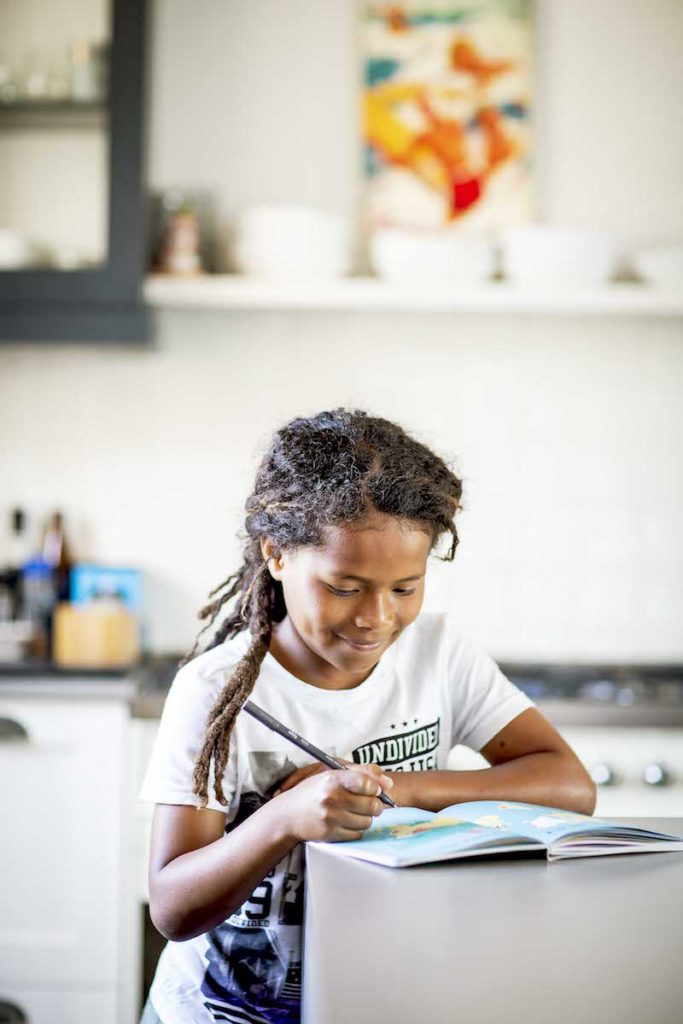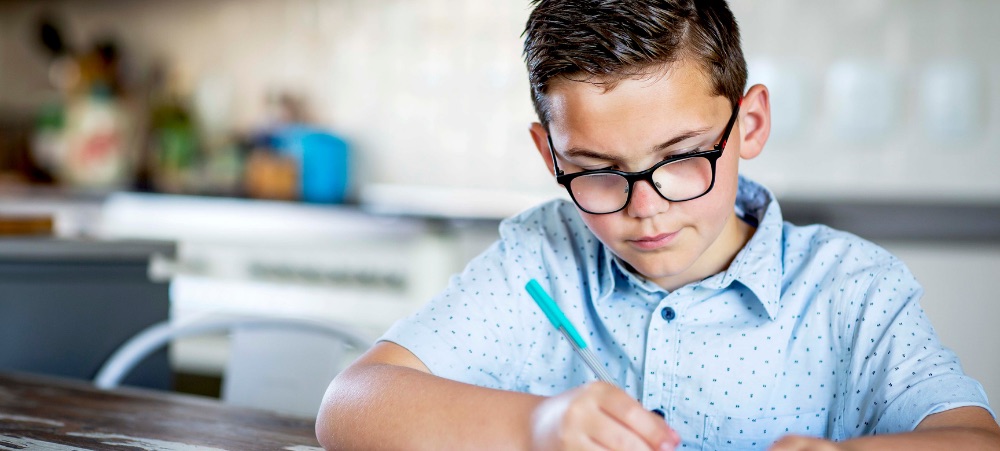Children’s social-emotional needs increase tremendously between the ages of six and thirteen. With our children facing more and more mental-wellness issues than ever before, and the effects of Covid-19 not yet prominent, it has become increasingly important to provide children with socio-emotional tools to be able to deal with the adversity they are facing today. Unfortunately, we as parents are so focused on the “early childhood development” phase, that we spend all our energy there. When we drop our six-year-olds at school, we sit back and sigh a sigh of relief. We’ve made it! Only to wake up a few years later with a screaming teenager staring us in the face! By then our child is in the middle of their childhood story and the script has Tarantino written all over it.
According to Erik Erickson, when children start attending school, their social worlds widen. They enter a phase called Industry vs Inferiority. Joan Berzoff explains in the book Inside Out and Outside In (Berzoff, Flanagan, Hertz, 2016) that children at this age become invested in “making things and making them well”. However, if their efforts during this stage are thwarted, by inhospitable social conditions, trauma, a learning disability or failing ecological systems, it may threaten family, peer and community relationships, therefore creating a sense of inferiority which could very well become part of a child’s identity.
Why journaling?
Research in Developmental Psychology has suggested that children between the ages of six and twelve years have the ability to learn from experience through self-reflection as a self-continued activity (Valkanova, 2004). However, it’s often not a spontaneous process and can be directly threatening for the developing ego. It is therefore important to create an environment or tool which could provide children with a non-threatening ability to self-reflect. Children learn emotional language from two years of age (Louis Bloom, 1998). Bloom (1998) mentions that neither speech development nor emotional expression happens in isolation. However, we communicate less and less with our children through the use of emotional language as they get older. We tend to use deductive, logical and processed language. As a result, our children struggle more and more to express themselves emotionally.
The My Story Journal is one example of a reflection tool that was developed with this in mind. This journal uses the Story Narrative approach, to allow children to reflect on themselves and their lives in an attempt to strengthen their ego-development, while using simple, recognisable emotional terms and language.
How the narrative approach helps with reflection

Children associate with stories. “Story” as a mechanism in journaling helps guide them through a process of self-exploration. It facilitates the identification with the “self” (Me and My Story), whilst identifying their significant others (The Characters in my Story). It reflects on their story so far (My Story Today), and looks into the future to possibly facilitate positive change (My Story Tomorrow).
By using a thumbprint character as a theme throughout this book, the My Story Journal creates a strong sense of self-identification, leading the writer to relate and connect with their own narrative on a journey towards self-acceptance. Brene Brown (2017) defines true belonging this way: “True belonging is the spiritual practice of believing in and belonging to yourself so deeply that you can share your most authentic self with the world and find sacredness in both being part of something and standing alone in the wilderness.”
Writing vs drawing
Not all children like to write. Thoughtful prompts that result in reflective activities (such as doodling and drawing) form part of journaling as a tool for self-reflection. As long as these activities guide children to process their feelings and behaviour in a non-threatening way, it will result in greater emotional resilience and a general increase in mental health. Journals like The My Story Journal make room for both linguistically and artistically inclined children. Children with learning difficulties who find language a restrictive method to express their emotions might find other ways to express themselves in their journal. Self-expression is the key. Whether you scribble or draw or write a paragraph, looking back over your story at the end of a day is a valuable habit.
To find out more about the benefits of journaling for tweens, contact Occupational Therapist Chantel Griesel at [email protected], or visit the My Story website www.themystorytribe.com
- Journaling – a mental-wellness tool for tweens - June 3, 2021





